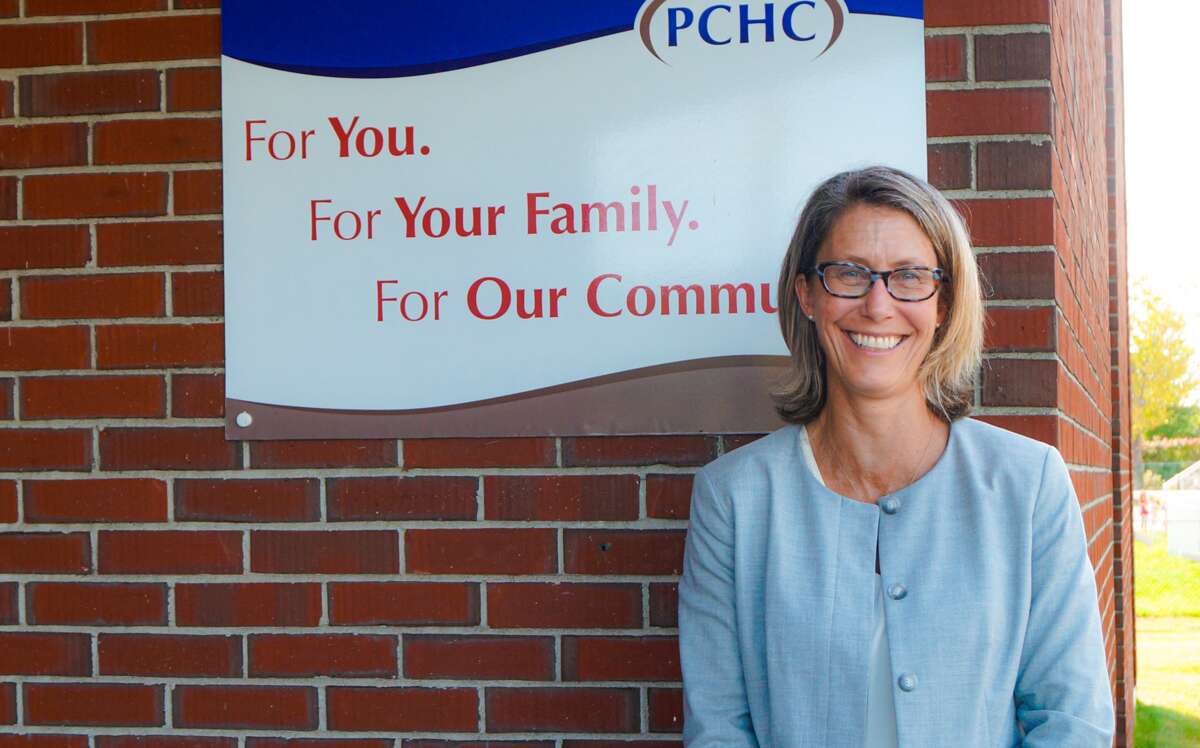
Closing the rural health care access gap in Jackman, and maybe beyond
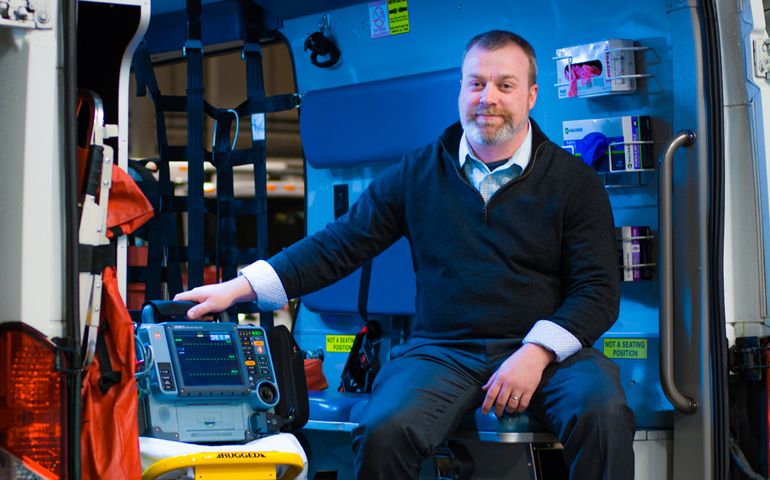 File Photo / Jim Neuger
Butch Russell, COO of North East Mobile Health Services, based in Scarborough, which is partnering with Penobscot Community Health Care and St. Joseph Medical Center in Bangor on a paramedicine pilot program in Jackman.
File Photo / Jim Neuger
Butch Russell, COO of North East Mobile Health Services, based in Scarborough, which is partnering with Penobscot Community Health Care and St. Joseph Medical Center in Bangor on a paramedicine pilot program in Jackman.
Access to health care has always been a little precarious in northern Somerset County and things got worse three years ago, when 24/7 on-call emergency care ended at the Jackman Community Health Center.
With the nearest hospitals 90 minutes or more away, and the nearest paramedics about two hours away in Waterville — in good weather — Jackman-area residents needed a solution.
That solution, with its roots in an ongoing years-long effort to involve paramedics in community health care, has been found. The Critical Access Physician Extender Program, a pilot program funded in part with a recent $1.2 million grant, gives paramedics hospital training needed to provide emergency in-clinic services.
The program, while in some ways unique to Jackman, may be a model that will help solve rural health care access issues in Maine and beyond, says Lori Dwyer, president and CEO of Bangor-based Penobscot Community Health Care, which oversees the health center.
Solutions to rural health care access require out-of-the-box thinking, Dwyer says. The program “gets paramedics off the ambulance” so they can provide care wherever it’s needed.
“Access and speedy care are a huge challenge in our area and all the areas we serve, Bangor and north of here,” she says. “But it’s also an issue in many parts of southern Maine.
“Expanding care is the only way to solve the access challenge,” she says. “We can’t physician-hire our way out of it.”

Paramedics have the skill set
Created and directed by Jonnathan Busko, medical director of the emergency department at St. Joseph Hospital in Bangor, the program provides hospital training that, combined with a telehealth connection to the hospital, allows them to perform emergency care procedures.
The program is a partnership between Penobscot Community Health Care, St. Joseph Medical Center, Scarborough-based North East Mobile Health Services and the town of Jackman. Key to the program is the telehealth connection between the paramedics and emergency room doctors.
Busko, a former paramedic, based the program on a similar one in Alaska and “came up with using paramedics in a new and different way,” Dwyer says.
“Paramedics are really good at the skills piece,” says Butch Russell, chief operating officer at North East Mobile Health Services. “The doctor is really good at telling if the patient is stable, or needs further care.”
The two team up under the program, through a telehealth connection at St. Joseph Medical Center, with the paramedic as the hands-on caregiver and the doctor as the guide.
Russell says the program could take a lot of forms in different communities, and the model in Jackman could even change.
“It’s still in the development stages,” he says. Once it’s been going for a while, the bigger picture aspects will begin to emerge.
A tenacious community
“A lot of this project is a credit to how tenacious that community is,” Dwyer says. “There are 800 people, but it can feel like 8,000.”
For many years, the Jackman clinic was run by Mid-Maine Medical Center of Waterville, providing round-the-clock emergency care, as well as primary care and an attached nursing home. MaineGeneral kept the health center after Mid-Maine and Kennebec Valley medical centers merged in 1997 to become the health care system. But it was hard to sustain economically, and in 2014, MaineGeneral pulled out of the primary care end, and PCHC stepped in.
MaineGeneral continued to run the 18-bed nursing home, which provided nurses and 24-hour call service needed to keep round-the-clock emergency care going at the health center. When MaineGeneral closed the nursing home in September 2017, that ended.
“At that point, people started saying ‘We need an alternative way to do something here,’” says Patricia Doyle, the health center’s primary care physician.
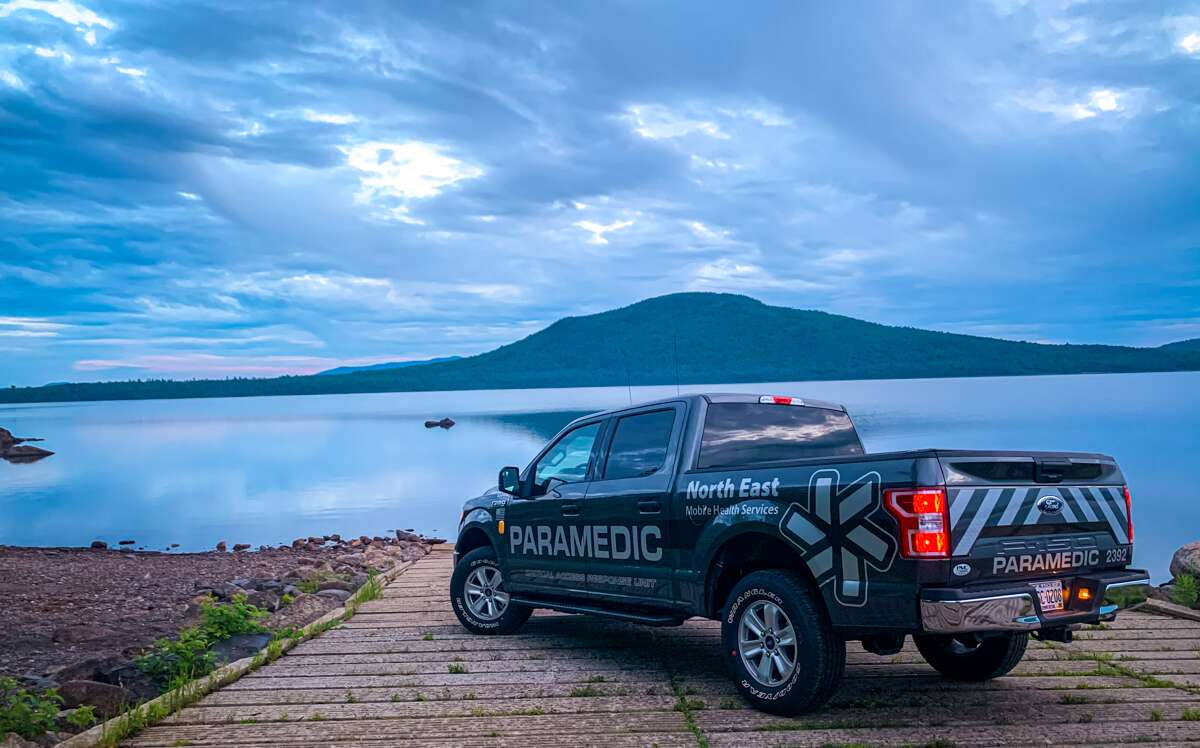
Since then, emergency care has been provided by Doyle, on call. To transfer emergency patients, emergency medical technicians — who don’t have the same level of training as paramedics — would either meet paramedics from Waterville in Caratunk, about the half-way point up U.S. Route 201, or would drive the two hours to Waterville in the town's ambulance.
‘You take care of this’
Under the new program, paramedics will work 48-hour shifts at the health center, in apartments created out of the nursing home space.
They’ll be on call, riding along with the ambulance crew on calls that require immediate emergency care, and also provide emergency care at the clinic, connecting with emergency physicians at St. Joseph for support. They’ll also help Doyle provide urgent care during business hours.
Russell, of North East Mobile, says that paramedics are already in Jackman, helping out.
The second phase, emergency room training at St. Joseph, will start this month with help from the $1.2 million Health Resources and Services Administration Rural Telehealth Network Grant that was announced Sept. 10.
The hospital experience will help them beyond just learning hospital procedures, program officials say.
While paramedics go through one to two years of training, there are things that will come up when they’re the provider in Jackman they may have not dealt with before, Doyle says.
“You can’t just take a paramedic and park them at the door and plunk down an emergency case and say, ‘You take care of this,’” she says.
Taking it to another level
Using paramedics to fill the health care gap around Maine has been used to a lesser extent for the past decade, says Jay Bradshaw, executive director of the Maine Ambulance Association.
He says there has long been the need in many parts of Maine. “Someone has to be there 24/7 for emergencies, but you don’t have emergencies 24/7,” Bradshaw says.
Community paramedicine — using paramedics for things like home-based health checks and other medical services in rural areas — began in the early 2000s. The program gained traction with legislation in 2012 that allowed up to a dozen paramedicine programs where there were health care access gaps in the state.
The program didn’t provide funding. That had to come from the community. It was also understood that the paramedics would practice mostly outside of a hospital setting, something only cleared up with legislation this year that allows them to practice in a hospital setting with the permission of the hospital.
Their role was geared to the needs of the community, but it was largely to provide episodic patient evaluation, advice and treatment directed at preventing or improving a medical condition, according to a 2015 evaluation by the state.
Bradshaw says the fact that no funding source was provided was one reason the program is still not widely used. “Free isn’t a sustainable model,” he says.
Some communities, however, have successful programs, though they focus on immediate on-site care and taking the person to the hospital.
“Jackman is taking it to another level,” Bradshaw says. “It’s exciting.”
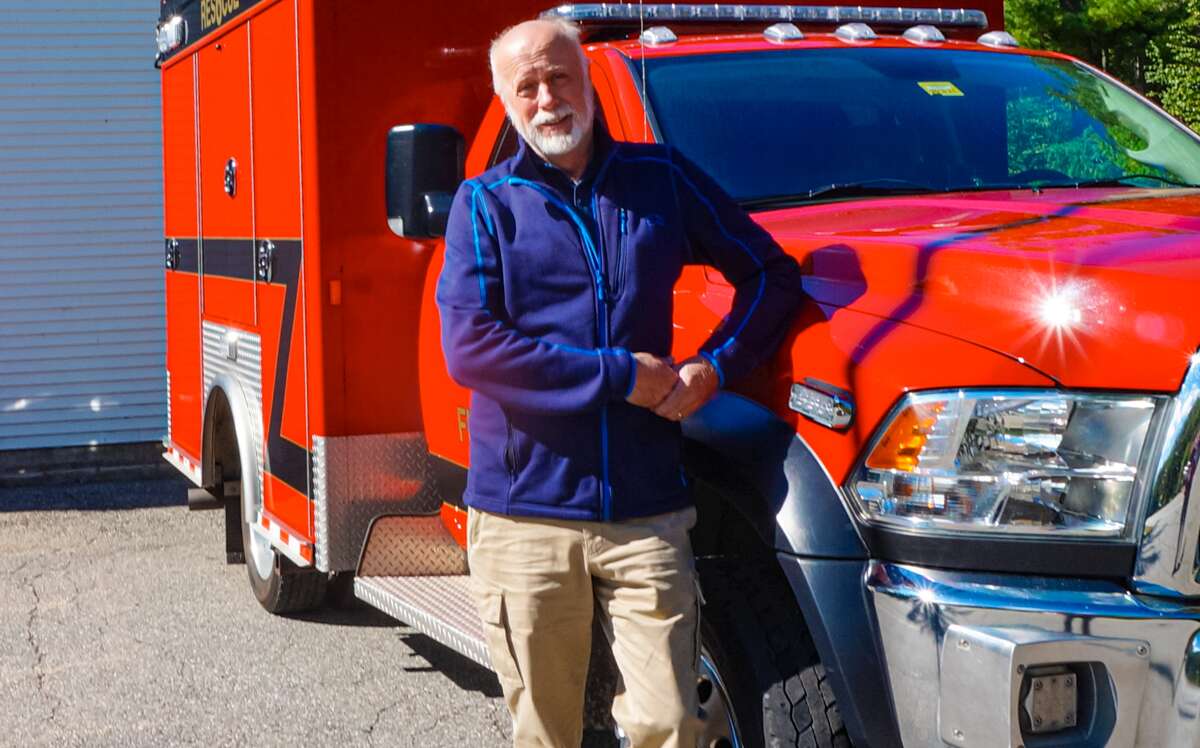
Creating a career pathway
It’s always been difficult to recruit doctors to practice somewhere like Jackman.
Doyle, the clinic’s physician, arrived 33 years ago through the National Health Services Corps. program. Most leave after their required service time is up.
Those involved in the program say that it will be easier to hire paramedics, and the program itself may make the job more enticing.
The added training with the Jackman pilot “is a pathway to a more lucrative career,” Russell says.
There are four stages to emergency medical service providers, beginning with emergency medical technicians and ending with paramedics, but the further clinical training bridges the gap between paramedic and becoming a registered nurse or physician’s assistant, he says.
Bradshaw says, too, that “EMS is a young person’s game. The physical demands take a toll.”
But the ability of paramedics to work in a clinical setting and do more of a variety of jobs means it could be a long career.
“They already have a career where they’re talking to patients, they’re dealing with emergency medicine, they’re doing procedures,” he says. “They’re ideal for it, for a long career.”
‘There has to be collaboration’
The grant is also paying for a small similar program in Winterport, where physicians in PCHC’s primary care practice can connect with emergency room doctors at St. Joseph to perform emergency care.
Dwyer says that primary care doctors don’t have the extensive emergency room training emergency doctors do, and emergency patients are transported to the hospital. The Winterport program will serve the same purpose as the one in Jackman – provide emergency services for the town, which is a half hour or more from the nearest hospital, in Bangor.
The grant will also be used to find a way to make the Jackman program, and future ones, economically sustainable.
The tangle of insurance, what Medicare covers, who gets billed and more, can make paying for such programs difficult, those involved with the Jackman pilot say.
Dwyer says that Jackman, while unique, is a perfect place to test it out.
“The roads to the closest hospitals aren’t great roads, they’re not safe roads,” she says. “In a lot of ways, Jackman is an island.”
For such a program to work “it has to be collaborative,” with buy-in from the entire community. “This is a grassroots, bottoms-up community-based health care decision,” she says. “It’s a different way of doing things in health care. It’s non-competitive, it’s inclusive, it’s democratic. PCHC isn’t carrying all the water on this, because we can’t.”
Of all the partners involved, it’s the community that was key to making it happen. “The community rightfully sees health care as a key to the economy. You can’t get tourists to come here if there’s no emergency care.”
She says that, in the bigger picture, Maine will likely react the same way. “It’s almost a uniquely Maine approach,” Dwyer says. “It’s Yankee ingenuity. We have this problem, now how do we solve it?”






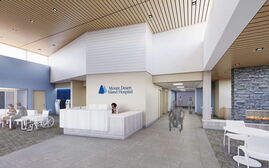
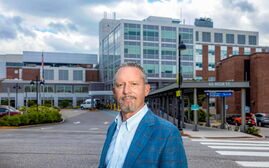
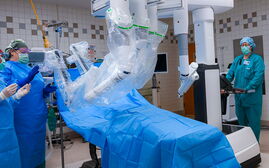
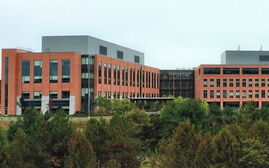




0 Comments